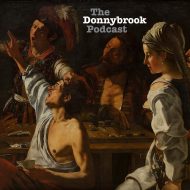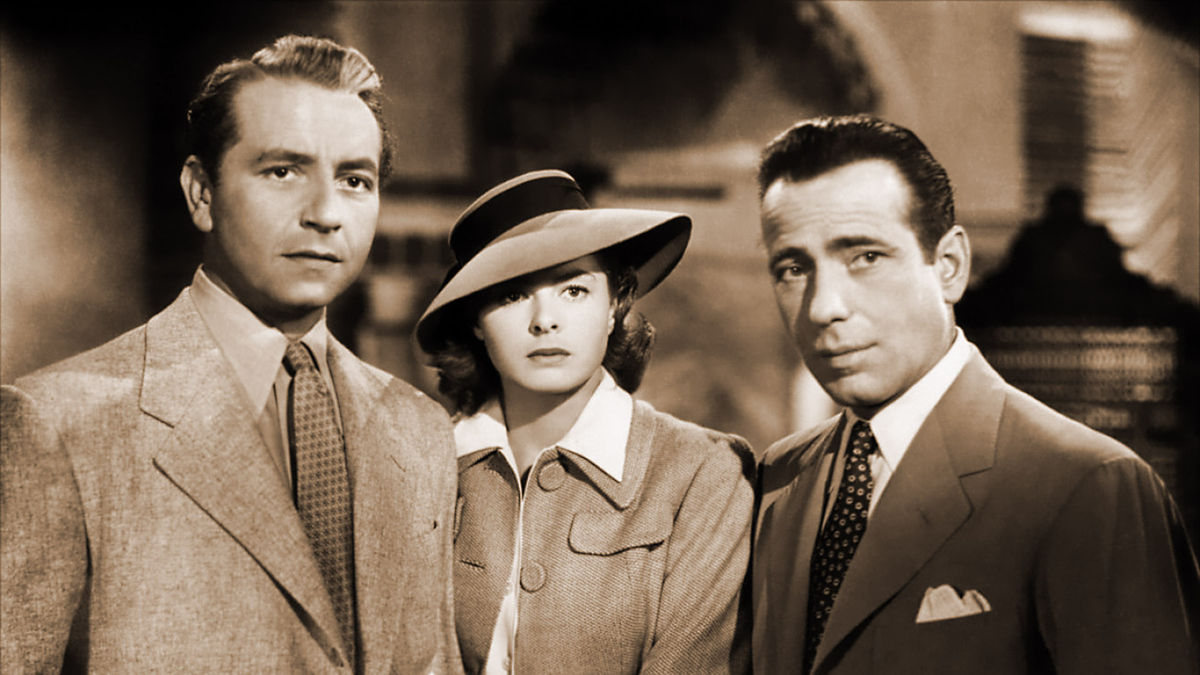Here’s David and my premise.
Black and white movies that have stood the test of time are especially good because they CANNOT rely on special effects to keep the viewer’s attention. Because of this, the PRIMARY means of keeping the viewers attention is STORYTELLING which is a facet of ART that is sometimes lost on a generation looking for the next CGI special effect. With that in mind, here’s 10 black and white movies to challenge your graduate to watch before they head off to college.
- 12 Angry Men (1957): This movie is used in many classrooms, since it explores the challenge of being part of a jury and working together to understand evidence in arriving at a verdict. The interesting this is that the majority of the movie is shot from the room where the jury convenes, and explores the different personalities and emotions of the men involved. Just writing this makes me want to go and re-watch the original with my 15-year-old.
- Casablanca (1942): High cinematic art. There is a reason why this is on many “Greatest-Ever” lists. Interesting to go back and watch a movie where the lead role is not played by someone as handsome as he was stylish. Also starring young Ingrid Bergman, I especially appreciate how this film explores the affects of war, without needing the explosions and trenches.
- High Noon (1952): Gary Cooper plays a retiring sheriff who is faced by the return of an outlaw gang who he put in prison a few years earlier. Will the town he cleaned-up, the friends he made along the way, or his newlywed wife stand with him as he decides what and how to do the right thing? This is an ethics class in 90 minutes, and asks the right questions… you’ll have to decide if you like it’s answers.
- Arsenic and Old Lace (1944): Comedy with the class of Cary Grant. If we told you the plot, you wouldn’t believe that it was a comedy, which is part of its charm.
- It’s A Wonderful Life (1946): Blah, blah, blah, probably everyone has seen it, but just in case, it is included here as a reminder that we can all make a difference. So many cultural references in this film, it is a “must-see” just to understand catch phrases still used today.
- Stagecoach (1939): John Wayne’s first starring role, this movie features the baby-faced version of Wayne before he signature bellicose machismo. While some might miss that side of Wayne’s personality, it does allow the story to be about something besides John Wayne, since the story is really archetypal rather than individualistic. I know, I know, a Western that is not all about the lone man facing the world (see High Noon!), can it be?
- The Philadelphia Story (1940): This is the story of a socialite (Katherine Hepburn) on the eve of her second marriage. Cary Grant is husband #1 who wants her back. He unexpectedly shows up at the same time as a bashful reporter (Jimmy Stewart) trying to get a story. This film is so witty that at times it makes my head spin and I can’t keep up with the dialogue. Incredibly clever.
- Four Feathers (1939): This was the film that the 2002 Heath Ledger movie was based off (there is also a book, which ironically I have never read). This movie explores the idea of what is cowardice and made such an impact on me that I vividly can recall at least two scenes from it over a decade later. I gotta buy this book.
- The Sea Hawk (1940): Errol Flynn in a swash-buckling adventure that isn’t Robin Hood. This actually WAS considering special effects back in the day! It’s cheesy, but good cheesy.
- The Quiet Man (1952): John Wayne is an American boxer who retires to Ireland and falls in love with Maureen O’Hara. It’s a simple, complicated story that features the most classic donnybrook you’ll ever see, including the obligatory break in the pub, mid-fight.

